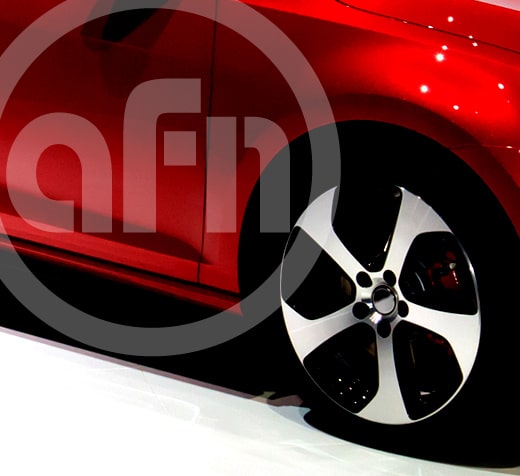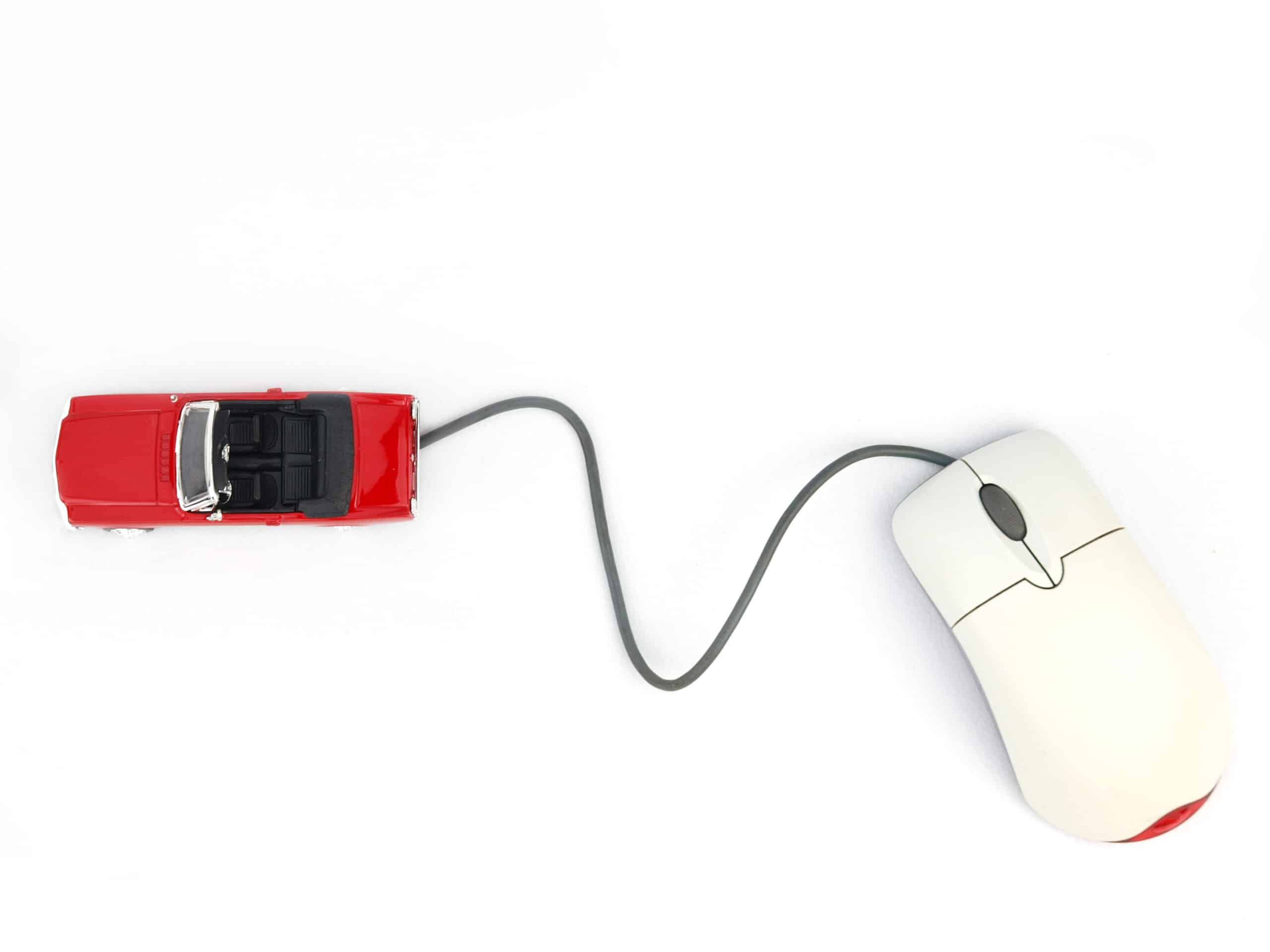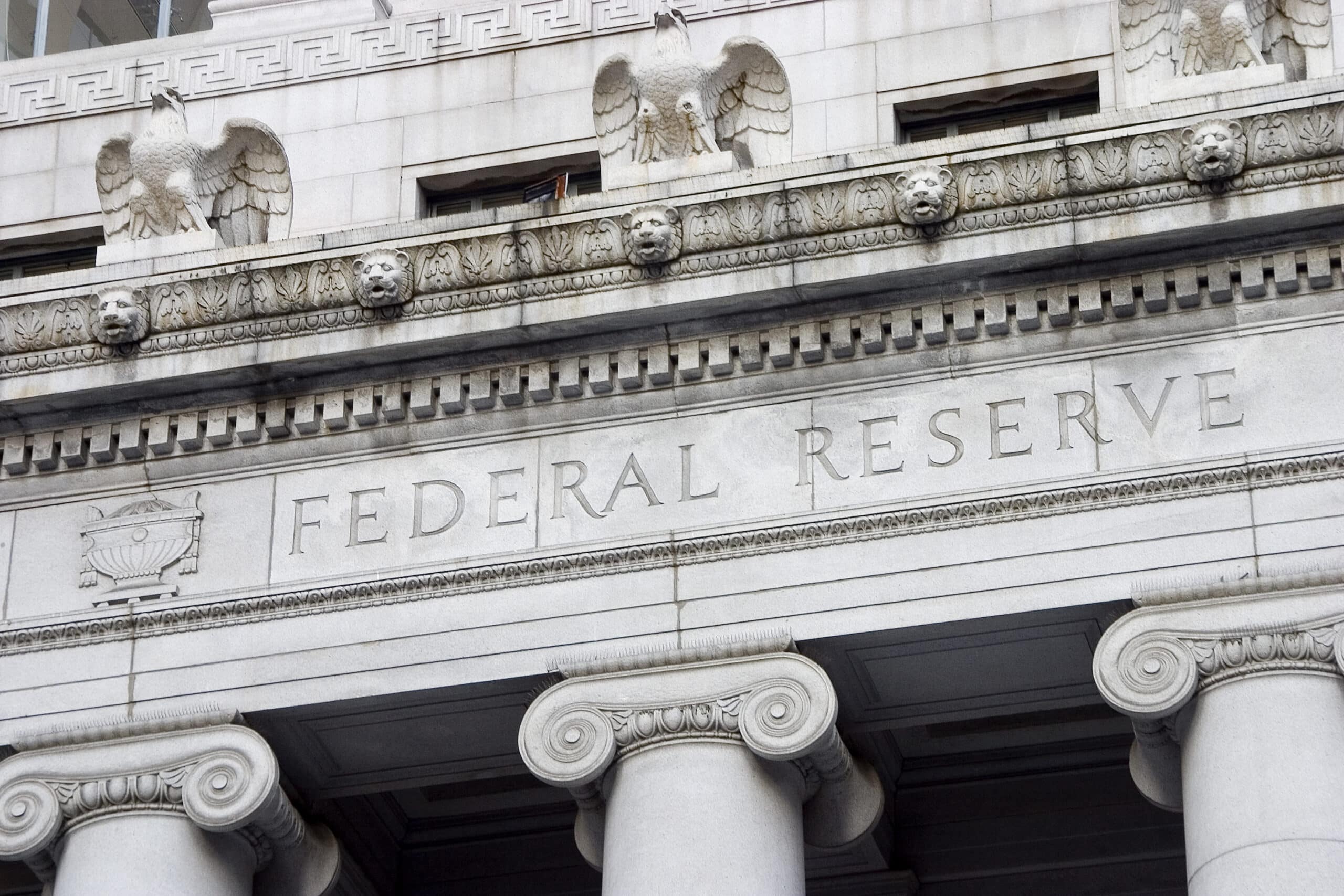Lies, Damn Lies, and Statistics!
As I watched the Senate hearings today on CSPAN my blood boiled. When asked about the money they would save by cutting their dealer count these guys, Henderson and Press, engaged in some serious obfuscation. They asserted that by swapping an “under performing” dealer for a “performing dealer” they would pick up the gross profit of the additional sales of the new “performing” dealer. These calculations of the difference between what they got and what they felt they were entitled to makes up the bulk of what they claim the rejected dealers “cost” their companies.
I have a little experience in this area. I have operated a number of dealerships in a number of markets. As a consultant I have visited hundreds of dealerships and worked closely with them. The best dealers are those who have structured their business in such a way as to be less vulnerable to the inevitable downturn in either the new vehicle market or the times when the offerings of their manufacturer weren’t well accepted in the market. These successful dealers learned to develop their pre-owned business and other profit centers, and they probably brought in other manufacturer makes to help cover their fixed costs in the event of a market downturn.
These dealers are typically still profitable, even during these difficult times. These are precisely the type of dealers targeted by Chrysler and GM.
Regarding “under performing” dealers, markets are not created equal. To understand the concept, think in terms of MSR, which stands for Minimum Sales Responsibility in the Chrysler business. GM has its own terminology, but the same meaning. MSR is where a manufacturer’s national market share percentage is applied to the total new vehicle volume in a specific dealer’s market. Any deficiency is what a manufacturer views as lost sales. They calculate the gross profit they would have made and calculates it as a cost when justifying the arbitrary termination of dealers and their employees. The gross profit they calculate is the margin they make when they sell the a new vehicle to the dealer. The dealer has to sell it at retail to make money themselves. It is certainly possible to take an operator who exceeds MSR in one market, but in another market they could “under perform.”
The fact is, Chrysler and GM resent dealers who have managed their business in such a way as to not be overly dependent on selling their products. Many rejected dealers have been targeted as a result of their business acumen. In addition, Chrysler and GM are moving to force more expense on their retained dealers. GM has dreamt up “participation agreements” that any dealer wanting to go forward must sign. Its literally an agreement to do anything and everything, or else. Don’t sign and the dealer is terminated, while the rent or mortgage payment on the facility and many other expenses continue. GM and Chrysler want more elaborate and expensive facilities. The also want exclusivity in those expanded facilities, meaning the manufacturers won’t allow competitive makes in these facilities, purchased or leased by the dealer, NOT the manufacturer.
Normally, dealers would be protected from these types of unreasonable demands and coercions by state and federal franchise laws. But GM and Chrysler are taking advantage of their bankruptcies to avoid these dealer protection laws. They are also showing why these laws existed in the first place!
I have a friend who had Chrysler and Jeep yanked from one store, and Dodge from another so. Now Chrysler can give them to a competitor. These yanked franchises didn’t fall out of the sky, good money was paid for them. But now Chrysler wants to exact a 3 million dollar building from the other dealer in return for being granted the franchises. The dealer who was NOT terminated was selling no where near their MSR, so there must be other motivations. It will be poetic justice if the yanked Jeep and Dodge franchises languish for lack of an interest party due to the demand for the facility. Time will tell.
According to Chrysler’s Press the distribution costs per vehicle amount to about $1000. Of course, each vehicle bears its’ proportion of these costs regardless of which dealer they were shipped to. In Press’ mind this cost would be less of they could replace under performing dealers with performing dealers. Neither executive mentioned the costs their companies have transferred to the dealer. While claiming there were substantial costs associated with the software and hardware related to their dealer communication IT package, Press neglected to mention that each dealer is charged about $2600.mo for this. He failed to mention that there really are very few, if any, field people these days, as dealer contacts are made by email and telephone instead of actual in store visits. There was a concerted effort to overstate costs and avoid altogether any mention of how much of these costs are actually reimbursed by dealers. In fact, studies show that each dealer represents positive cash flow BEFORE they buy a vehicle or a part.
I’ve been frustrated by previously not being able to determine who made the decision to cut dealers, rather than to allow natural attrition to thin out dealer ranks. I have come to the conclusion that the initiative to lower the dealer count is driven by the “task force,” who think Toyota’s business model is what everyone should try to emulate. The “task force” may be made up of restructuring geniuses, but they have little understanding of the auto business. They are mostly North Easterners who may not even own a vehicle. Or if they do it is probably an import. When a dealer closes, it is likely a bankruptcy where a family’s life savings are wiped out. Its not just a job loss. The “task force” doesn’t seem to understand this. Closing dealerships will cost sales of Chrysler and GM and will cost them a lot more than any potential savings. Imagine Gillette volunteering to give up shelf space space at the super market to Schick! It’s the same principle. There will be a rush of foreign competitors looking to expand their dealer base from the ranks of rejected GM and Chrysler dealers., which will save some of the terminated dealers. Dealers who continue with GM will have to sign a participation agreement, which ensures GM will have them extremely vulnerable and dependent. In the meantime the “task force” is driving the bus while all parties deny any micro managing by the government.
As bad is it is, it’s better than liquidation! For those who think Chapter 11 for GM and Chrysler should have been declared last summer, it should be mentioned that the availability of DIP financing has ONLY been from the government for over a year.

















I was around during the Chrysler/Iacocca days. Some people fled Chrysler products but others bought to help us out. The dealership I managed in Evanston Illinois experienced record profits during that period, but we were an exception, not the rule. I had network news cameras in my face every month as they contrasted our situation with failing Chrysler stores. We were located in an “old money” area of Chicago and weren’t a typical Chrysler Dealership. Floor plan money was sky high in those days. We lost our floor plan source twice in 18 months even though we were solidly profitable. The profit factor alone allowed us to gain floor planning through private banks rather than through Chrysler Credit. In those days a Chrysler Credit auto loan was “limited repurchase” to the dealer. We loved the Chrysler “buy down” and subvention programs because they were full WOR.
The biggest difference I see is that people rallied to the troubled automaker because of the leadership of Iacocca. We now have the entire domestic industry in trouble without a singular leader. In addition, there is a lot less of “us vs them” today which was Iacocca’s message against the Japanese manufacturers. Today, they manufacture most of their U.S. sales in N. America!
This might not be socialism, but socialism has to start somewhere…….
Dangerous precedents yes socialism I hope not
Rights always get squashed in a BK. But what the gov’t task force is mandating is counter productive in my opinion. The termination of dealers makes NO SENSE!
I agree. Find ways to make the small dealer distribution channel more cost-effective, but cutting it off completely will lessen sale opportunities.
Obviously, changes have to be made, but I don’t ever recall the distribution channel being the problem.